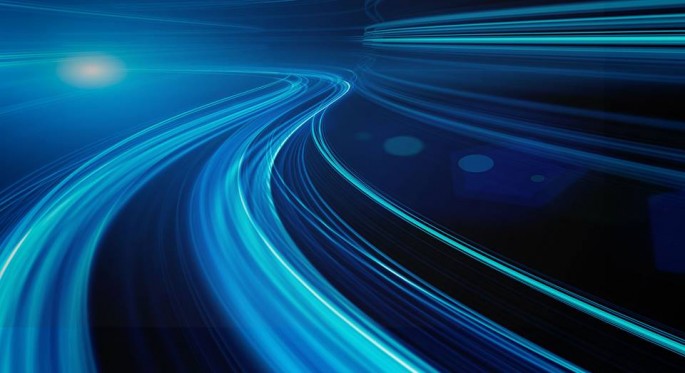Electrical engineers at the University of California at San Diego (UCSD) have broken some key world records. They used fiber optics cables to hit all-time high levels for power and distance at which the receiver could still decipher the signals' digital data. This pitch-perfect fiber optic tech breakthrough could boost the data transmission rates (DTR) for telecom hardware used for landline, cable, and Internet networks.
UCSD's new study creates a solution to a long-standing problem that has blocked researchers from breaking the upper limit of optical fibers' DTRs. Boosting power distorts the data beyond repair as it travels through the fiber optic cable.
Nikola Alic, a Qualcomm Institute research scientist, described modern fiber optic systems as "quicksand." After power reaches a certain point, juicing up the fiber optic signal increases distortion, resulting in a shorter distance.
However, the innovative tech eliminates the power limit. That extends the maximum distance a signal can travel along a fiber optics system, without requiring a repeater to convert an optical signal to an electrical signal.
In addition, USCD's data transmission "comb" is like a concert master who tunes many instruments before a classical concert. The channels' different frequencies are in synch.
UCSD researchers could still decipher information after they zipped it at a record-breaking speed for 12,000 kilometers (7,456 miles) through the fiber optics link, by using amplifiers, according to Scientific Computing. It required no "electronic generators."
The generators are basically supercomputers. They are placed at each transmission channel, with today's fiber optic networks including 80 to 200 units.
Eliminating the need for electronic generators will have a big impact on the cost to construct and maintain the infrastructure of optical fiber systems. The result is cheaper and faster data transmission.
The top application for the hot tech is a lightning-fast Internet. However, a side effect could be telcos charging skyrocketing rates for wireless and broadband subscriptions, according to Daily Times Gazette.
The new findings were published in the June 26 issue of the journal Science. Google Inc. partly supported the study through a research grant.



























